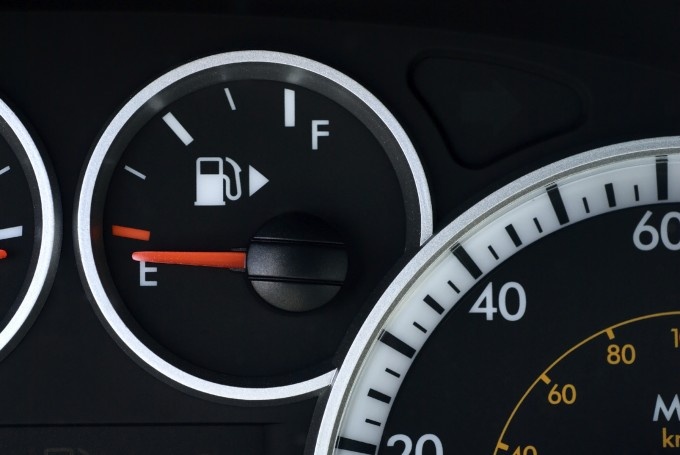A fuel gauge is a device inside of a car or other vehicle that measures the amount of fuel still in the vehicle. It is an aggravating thing when your gauge that doesn’t give an accurate reading, especially when the gauge shows there’s still fuel in the tank when there really is not. So here comes the problem-how to test or check a fuel gauge to see if it is working.
Here are some instructions we’ve summarized for you to follow.
1. Wiring connections and fuses. Ensure that all wiring connections (both on the back of the gauge and on the sender unit) are clean, tight, and free from dirt and corrosion. Turn the ignition switch on and off. If the needle moves, the gauge is functioning. If it does not move, verify that the fuse for the fuel system is not blown. In order to have a check at these parts, you’ll have to do some extra work to find them. For their positions, you can look at your service manual for reference.
2. Connect the jumper wire to the ignition switch and the terminal on the back of the fuel gauge, and then turn the vehicle on. If the gauge’s needle moves, the wiring between the gauge and the ignition switch is defective and needs to be replaced.
3. Connect a known good wire to the ground post of the sending unit and the chassis ground of your car or boat. Then turn the engine on, if the gauge works, then the gauge is good and the ground wire must be replaced.
4. Ground the sender unit by soldering or clipping one end of the jumper wire onto the exterior of the fuel tank or the vehicle’s frame. Replace the sender unit’s grounding wire if the gauge begins to function.
5. Disconnect the wire that connects the fuel gauge to the sender unit, and then turn the vehicle on. There’s a problem with the sender unit or the in-tank mechanism if the fuel gauge reads full. If the gauge continues to read empty, you most likely have a faulty fuel gauge that needs to be replaced.
Most components in the car will not operate properly if there is a bad fuse. This is always the first step to take when determining an automotive problem, especially if the issue is in the dashboard.
If you are looking to do a gas gauge repair by yourself, it can be done. In older vehicles it is much easier to diagnose gas gauge problems because they consist of manual gauges. Follow the above instructions if you have an electrical fuel gauge to solve the problem. Until the gauge can be fixed or replaced, it is advisable to not take long-distance trips and always err on the side of caution when it comes to filling up, until the problem has been resolved.

Is the fuel gauge accurate?
by
Tags:
